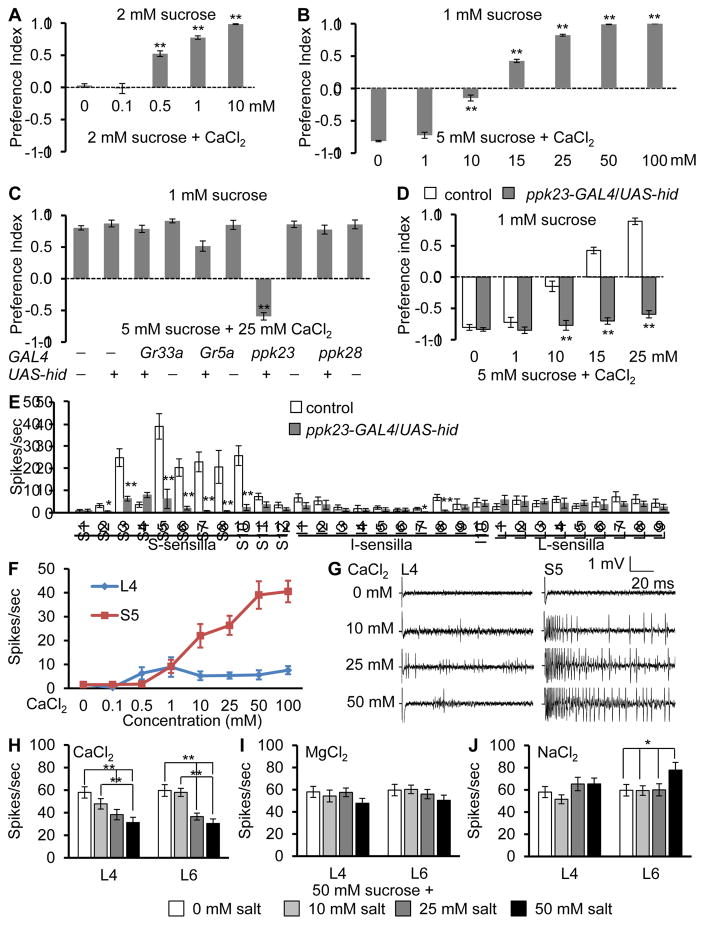Figure 1. Flies avoid Ca2+ via ppk23 GRNs.
(A—D) Two-way choice taste assays. 50—70 flies/assay
(A) Preferences of control flies (w1118) to 2 mM sucrose alone versus 2mM sucrose and the indicated concentrations of CaCl2. n=4.
(B) Preferences of control flies to 1 mM sucrose alone versus 5 mM sucrose and the indicated concentrations of CaCl2. n=4.
(C) Two-way choice assays after ablating different GRNs by UAS-hid under control of the indicated GAL4s. n=4.
(D) Effects of ablation of ppk23 GRNs (UAS-hid/ppk23-GAL4) on Ca2+avoidance. n=4.
(E—G) Assaying Ca2+-induced action potentials using tip recordings.
(E) CaCl2 (50 mM)-induced action potential frequencies in control and UAS-hid/ppk23- GAL4 sensilla. n=10–24.
(F) Responses of L4 and S5 sensilla to different CaCl2 concentrations . n=17–22.
(G) Tip recordings from S5 and L4 sensilla using 0—50 mM CaCl2.
(H—J) Effects of different salts on sucrose-induced action potentials in L4 and L6 sensilla. The pipets contained 50 mM sucrose and 0—50 mM salts: (H) CaCl2, (I) MgCl2, (J) NaCl. n≥10. Error bars indicate SEMs. ANOVA tests with Scheffe’s post hoc analyses between control and ppk23-GRNs ablated sensilla. *P < 0.05, **P < 0.01.

